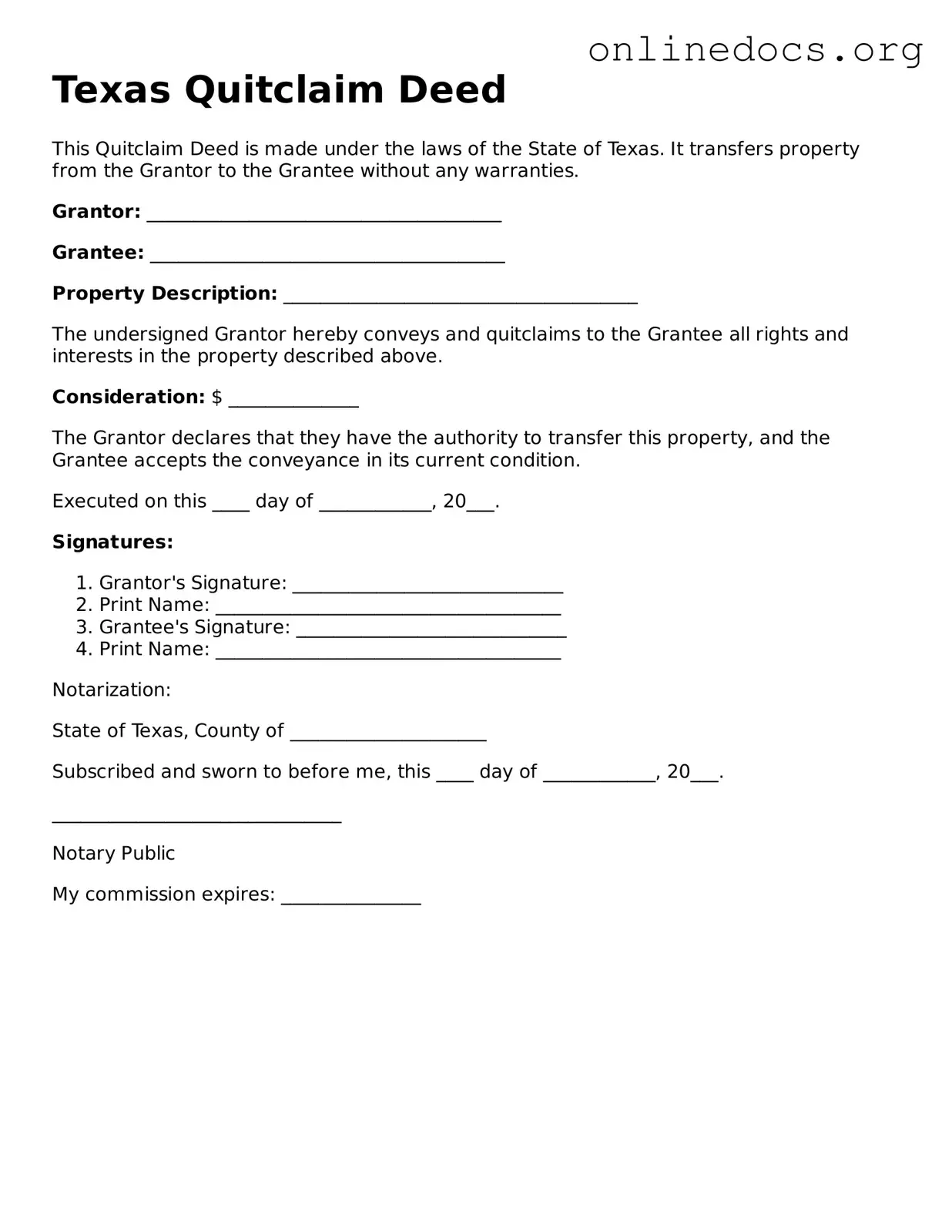A warranty deed is a document that provides a guarantee of clear title to the property being transferred. Unlike a quitclaim deed, which offers no such guarantee, a warranty deed assures the buyer that the seller holds a valid title and has the right to transfer it. This type of deed includes covenants that protect the buyer against future claims to the property, making it a more secure option for those looking to purchase real estate.
A special warranty deed is similar to a warranty deed but with a key difference. It only guarantees that the seller has not caused any title issues during their ownership. This means that while the seller assures the buyer that they can transfer the title, it does not protect against any problems that may have existed prior to their ownership. This type of deed is often used in commercial real estate transactions.
In the context of estate planning, it is crucial to have a well-defined plan for your assets, and one essential document is a Last Will and Testament form. This form ensures that your wishes regarding your property and affairs are respected after your passing, providing peace of mind for both you and your loved ones.
A bargain and sale deed conveys property without any warranties against encumbrances. It implies that the seller has the right to sell the property but does not guarantee that the title is clear. This document is often used in foreclosure sales or tax sales, where the seller may not have full knowledge of the property’s title history.
An executor’s deed is used when a property is transferred from a deceased person’s estate. The executor of the estate signs this document to convey the property to the beneficiaries. This deed typically does not provide any warranties, similar to a quitclaim deed, as the executor may not have complete knowledge of the title issues.
A trustee’s deed is used when property is transferred by a trustee, often in the context of a trust. This deed conveys title from the trustee to a beneficiary or buyer. Like the quitclaim deed, a trustee’s deed typically does not offer any warranties about the title, as the trustee is acting on behalf of the trust and may not have personal knowledge of the property’s history.
A deed of trust is a security instrument used in real estate transactions. It involves three parties: the borrower, the lender, and a trustee. The borrower conveys the property to the trustee as security for the loan. While it serves a different purpose than a quitclaim deed, both documents involve the transfer of property rights, albeit in different contexts. A deed of trust does not guarantee a clear title, similar to a quitclaim deed.
